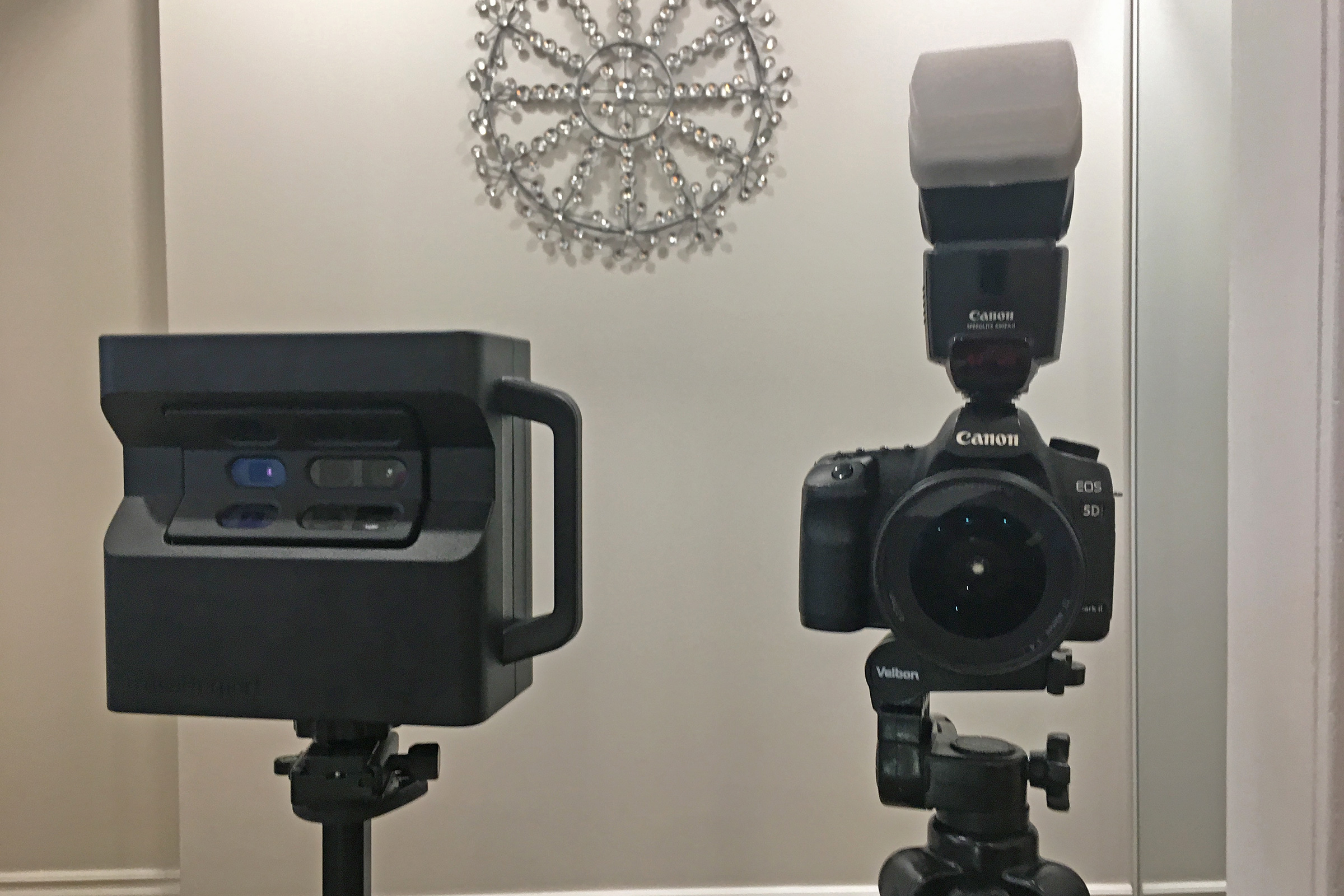
17 Apr 2D vs. 3D Photo Showdown!
My morning session was promised to me several weeks ago by one of my favourite clients. Her property had been in “Reno Hell” for several weeks longer than promised, and it was finally ready to be photographed. An impeccable flip in the downtown Ottawa core, it was definitely worth the wait. I decided to use this wonderfully renovated space as an opportunity to show the difference between “old school” 2D photography, and the “new hotness” of Matterport 3D Photography.
There are advantages and disadvantages to both cameras. Both can produce high-resolution, HDR photos. The Matterport camera does this by extracting images directly from the 3D tour, so you can actually produce new photos even after returning to the studio. As long as you got a scan from the location and height you’re looking for, of course. But can this produce photos as good as the traditional DSLR camera? Let’s find out!
In this corner…
The DSLR used was a Canon 5D Mark II with an EF 17-40mm wide-angle lens. For the purposes of this experiment, I did not use extra flashes since the Matterport camera does not have one. I took my usual five exposures at five different steps to create the HDR effect. Then I put the Matterport camera in the same location at the same height and did a scan. When I got home I edited the final photo in Lightroom and captured a snapshot in the Matterport Workshop Mode. I tried to get the same angles in every case.
Round 1: Living Room
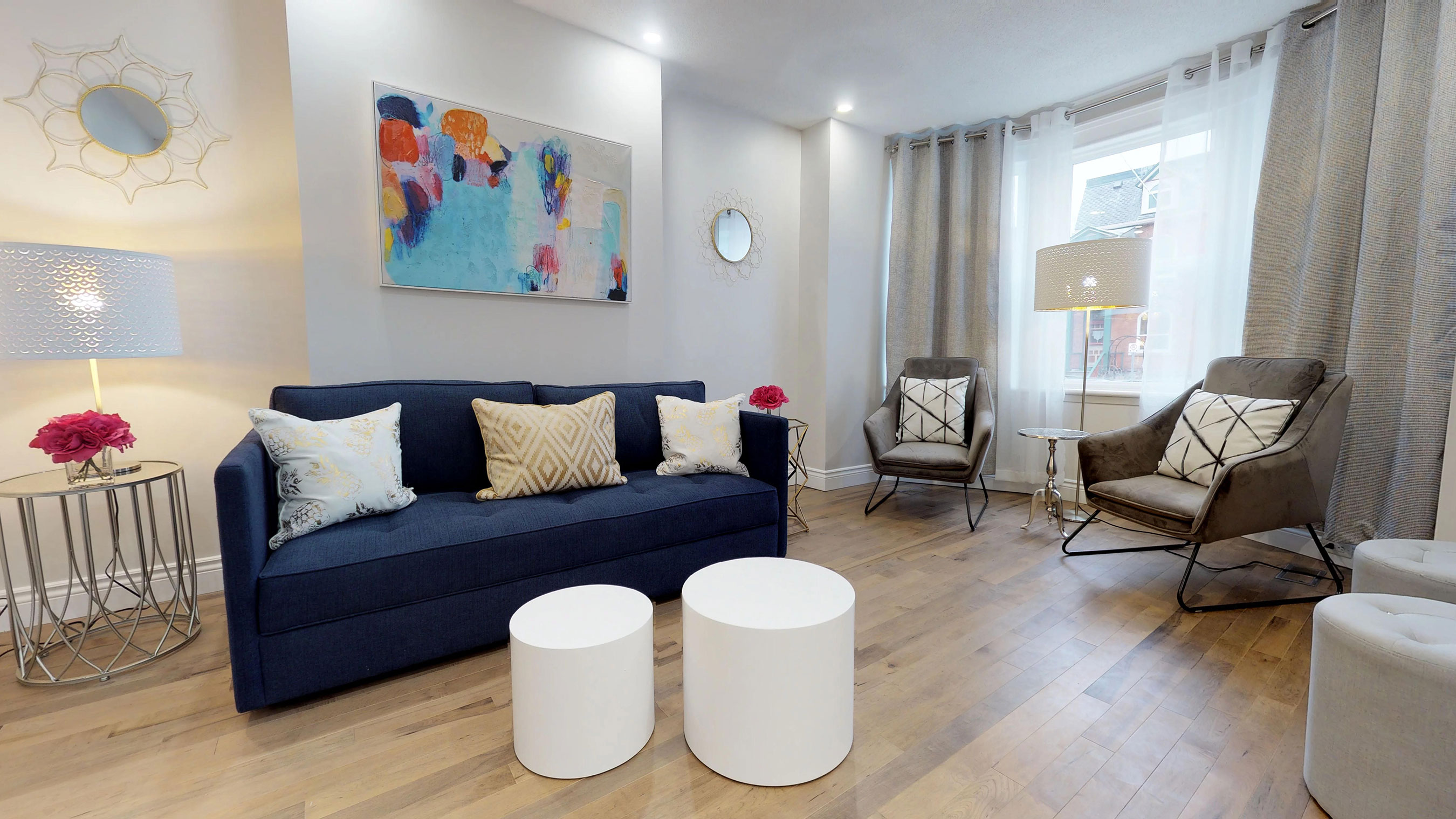
Living Room (Matterport Pro 2)

Living Room (Canon 5D Mark II - 100 iso, f7.1)
Despite my attempts to edit the photo to match the Matterport snapshot, right off the bat you can notice several differences. First, the image is decidedly more ‘wide angle’ than even the EFs 17-40mm, yet somehow doesn’t appear to have any of the telltale “fishbowl” effect normally associated with ultra-wide-angle photos. The aspect ratio is also the video-oriented 16:9, rather than the traditional 4:3 of a photograph. The resolution coming out of the Matterport is an impressive 5664 x 3186, which rivals the 21 megapixels of the 5D which outputs 5616 x 3744. There are no visual distortions, and the Matterport snapshot required no additional photo editing.
Winner: Matterport
Round 2: Bath Room
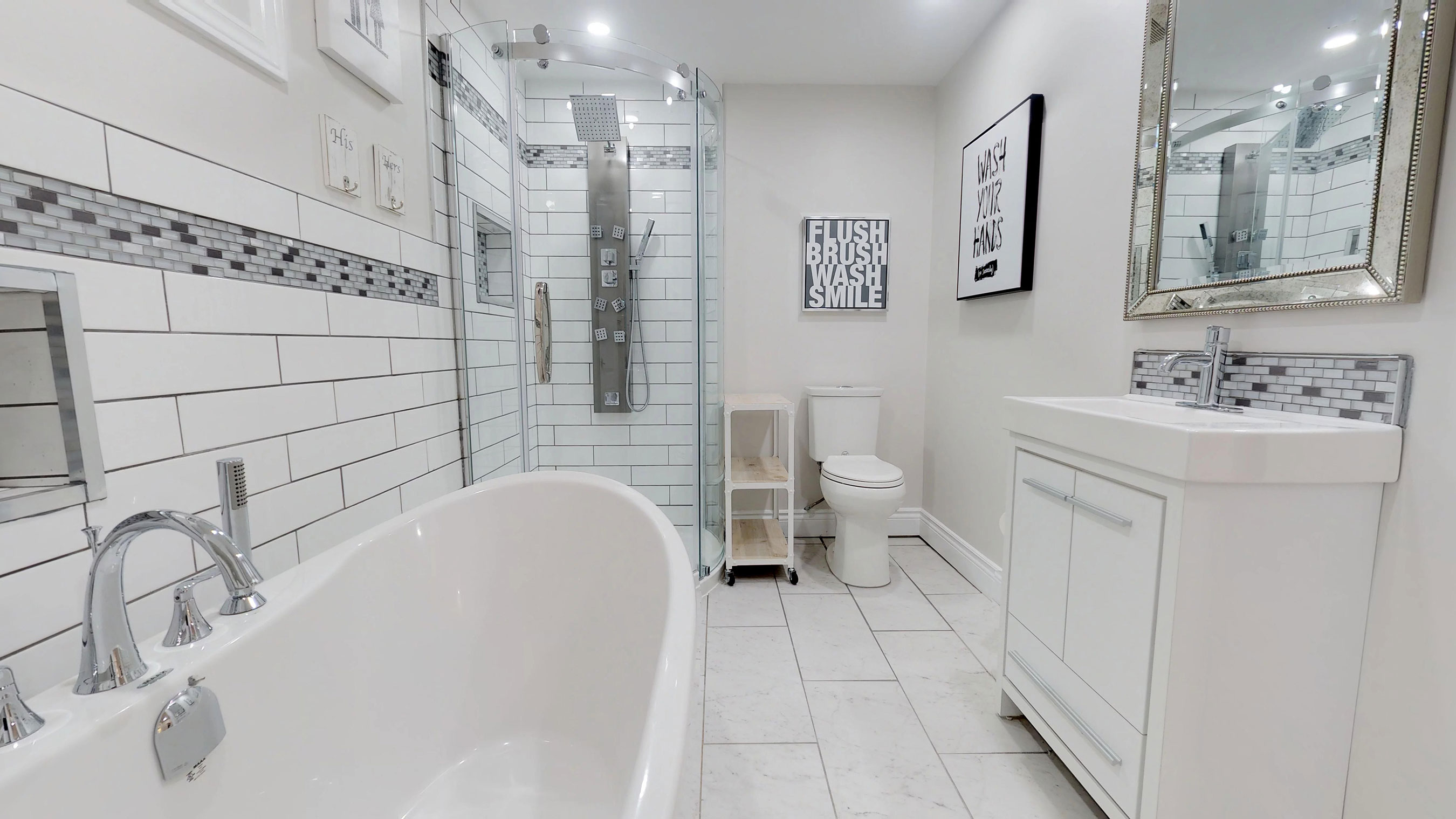
Bath Room (Matterport Pro 2)
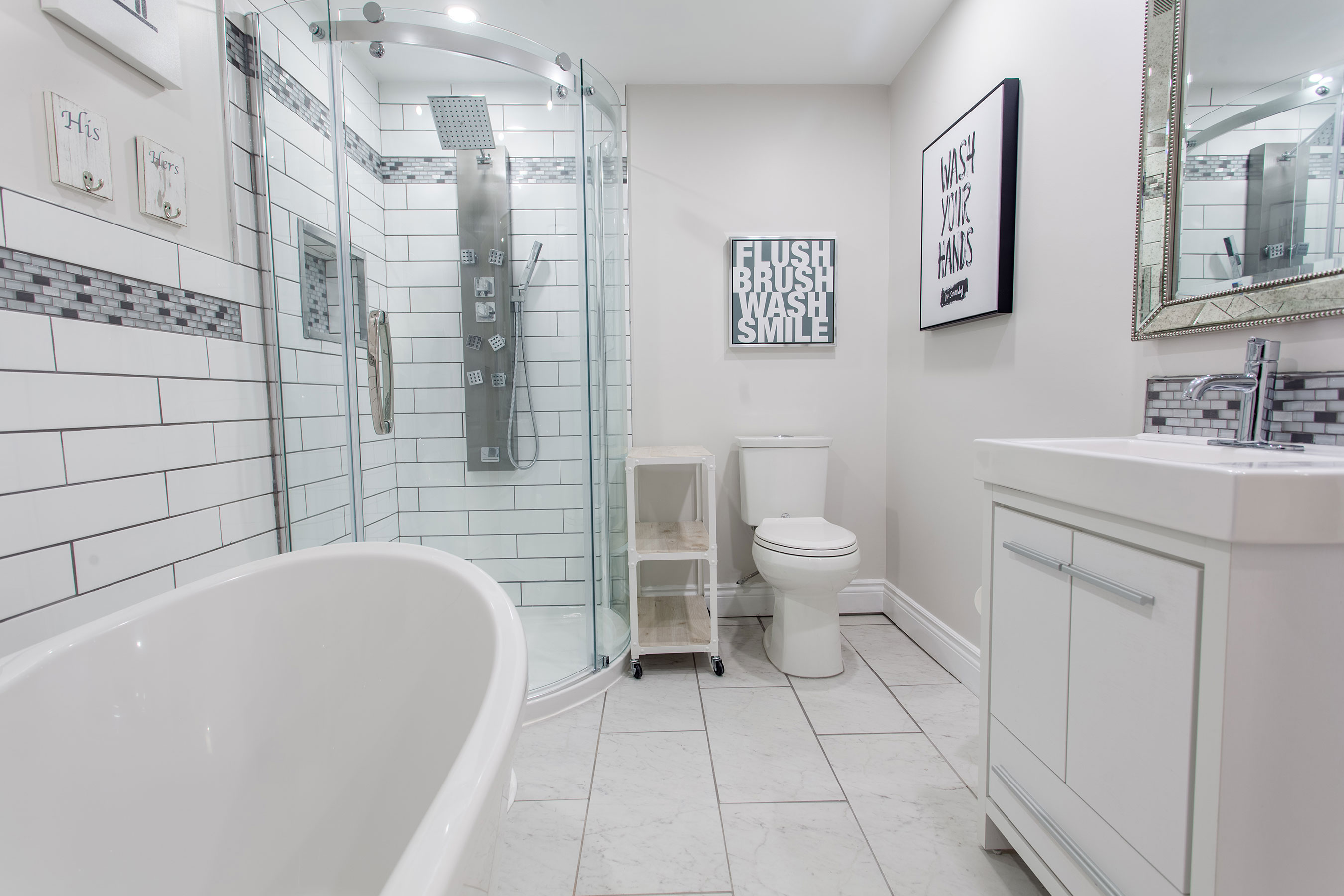
Bath Room (Canon 5D Mark II - 100 iso, f7.1, 1/15sec)
Once again, we see the wider shot of the Matterport. The lighting is slightly brighter in the DLSR photo due to it being edited by hand rather than just output by the software. It’s a very minor difference. In a very small room like this, however, it should be pointed out that the Canon is a more accurate depiction of the actual space. The Matterport’s wide-angle shots tend to make small spaces impossibly large, but in commercial photography that tends to be the requirement.
Winner: Matterport (by a hair)
Round 3: Kitchen
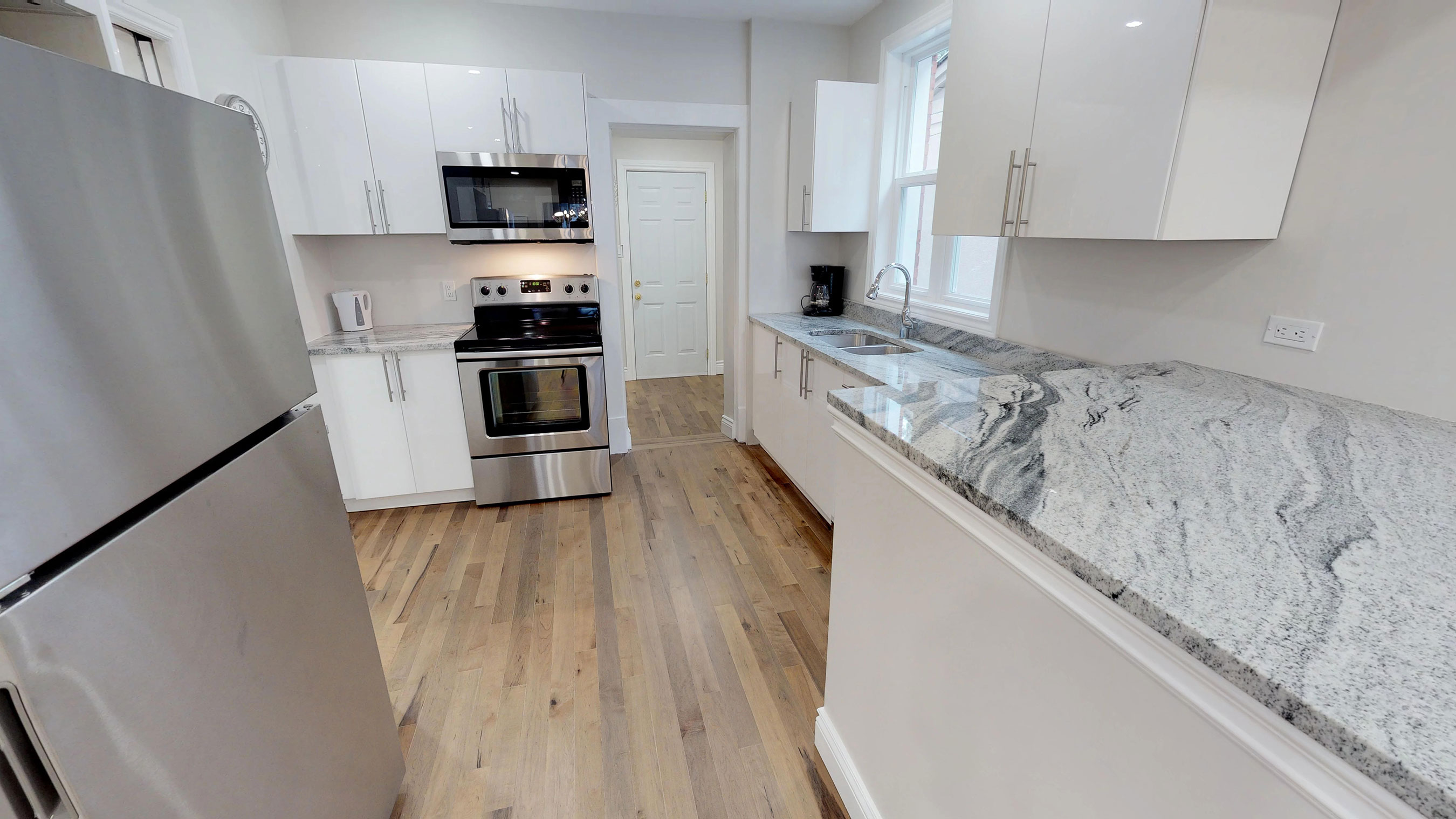
Kitchen (Matterport)
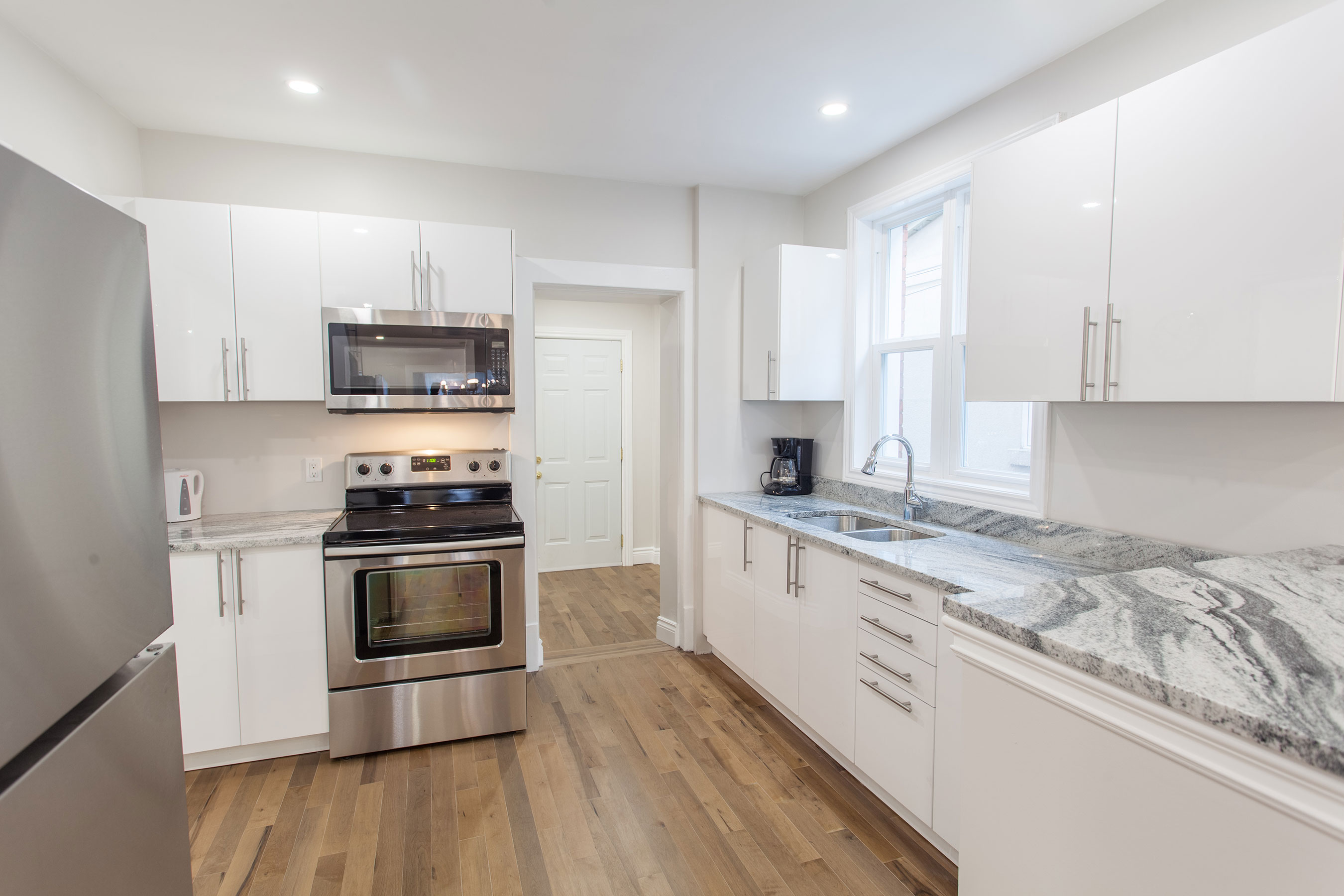
Kitchen (Canon 5D Mark II)
This is where the old technology finally shows its true strength: composition. With the Canon I was able to line up the shot just right, to get the perfect angle and show exactly what I wanted. The Matterport snapshot, however, is not as easy to get the ideal composition. You can preview scans while you’re working, but it’s tedious and takes extra time. You could take multiple sweeps before getting the angle you need to best show off the space. If you’re not being extra careful and previewing every scan (as is the case with this photo) you can end up with an imperfect shot like this. The clock in the upper left corner simply kills this image. Avoidable? Yes. But like I said, it’s tedious and more trial and error than just confidently lining up the camera for the shot like normal.
Winner: Canon
In Conclusion…
What do you think? When taken from the same position and height, the difference between a well-edited DSLR photograph and a Matterport Snapshot is getting harder to tell every update. That is really impressive when you consider the time spent composing and editing standard photography. This means you can effectively capture both 2D and 3D photography with one camera, saving time and ultimately money. When clients want that extra level of detail and quality, there is no substitution for the control and artistic framing a full-frame DSLR camera with a decent lens and lighting can produce. But when you can achieve such similar results with the Matterport Pro2, it’s a great option to present to clients who are on a budget or simply don’t need the full quality of DSLR.


